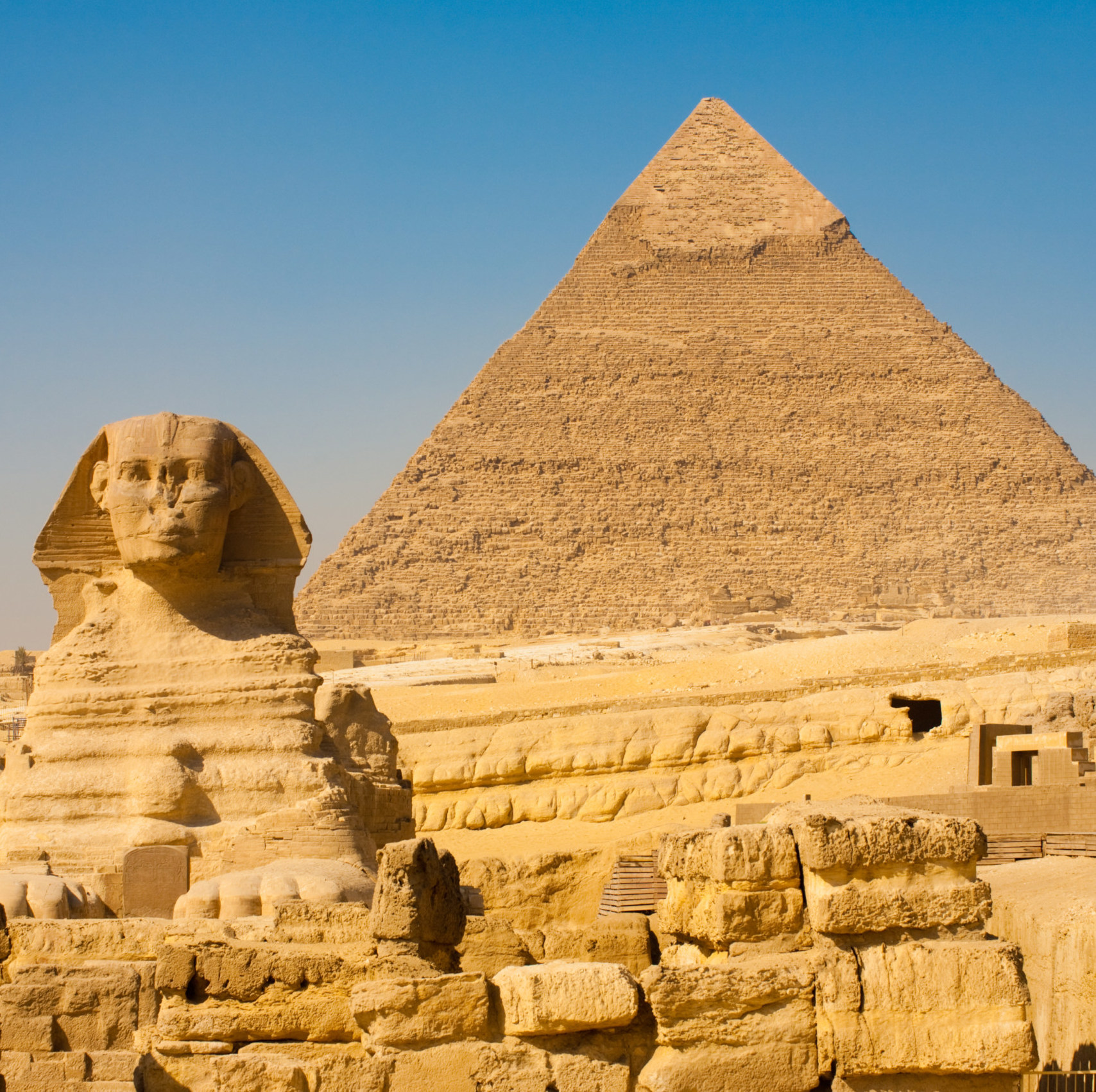Splendors of Egypt & the Nile
Sleep Medicine, Dentistry & Effective
Planning for Healthy Aging
4-Nights Cairo & 7-Night Nile River Cruise
on Uniworld S.S. Sphinx
October 31 – November 11, 2020
Uncover Egypt’s ancient secrets with PES for 11 nights on this bucket list adventure! Visit iconic landmarks, temples, and monuments and cruise the Nile in a manner once reserved for pharaohs on the brand-new S.S. Sphinx.
Cruise & Tour Itinerary Highlights:
- Gaze upon the mighty ancient Pyramids and the mysterious Sphinx
- Wander amongst the towering ruins of the Temple of Karnak, the world’s largest ancient religious complex, and the Temple of Luxor
- Visit the Temple of Queen Hatshepsut, Egypt’s first female ruler
- Follow in the footsteps of renowned scholars and explorers at Valley of the Kings, the ancient burial grounds of Egyptian royalty
- Enjoy an exhilarating ride in a felucca, a traditional Nile River sailboat
- Visit the Egyptian Museum and its unrivaled collection of artifacts, including treasures recovered from the tomb of King Tutankhamun
- Join a bird-watching boat ride and enjoy tea with a Nubian family
All-Inclusive River Cruise Package:
- Daily shore excursions led by English-speaking expert local guides
- All meals in three gourmet dining venues, including al fresco dining on the upper deck, and daily breakfast during land portion in Cairo, plus a Uniworld Gala Reception on the ship
- Complimentary house wine, local beer, soft drinks, tea, and coffee during lunch and dinner on board the S.S. Sphinx
- All gratuities for ship staff, drivers, and shore excursion guides
- Included transfers to and from the Cairo International Airport
- Complimentary shipwide Internet and Wi-Fi access
- $300 per couple shipboard credit
Brief Itinerary
| Date | Day | Location | Included Excursion |
| Oct 31 | Sat | Cairo – Four Seasons Hotel | Transfer from Cairo International Airport or from optional Amman and Petra Pre-Tour to hotel |
| Nov 1 | Sun | Cairo – Four Seasons Hotel | Citadel of Salah al-Din, Alabaster Mosque and Egyptian Museum |
| Nov 2 | Mon | Fly to Luxor, Embark S.S. Sphinx, Dendera | Temple of Karnak |
| Nov 3 | Tue | Dendera, Luxor | Temple of Hathor & Temple of Luxor |
| Nov 4 | Wed | Luxor, Kom Ombo | Colossi of Memnon, Hatshepsut Temple and Valley of the Kings |
| Nov 5 | Thu | Kom Ombo, Aswan | Kom Ombo Temple & Bird watching boat ride and tea with a Nubian family |
| Nov 6 | Fri | Aswan | Aswan High Dam, Unfinished Obelisk and Philae Temple & Boat ride in traditional Nile River felucca and afternoon tea at the Old Cataract Hotel Aswan |
| Nov 7 | Sat | Aswan, Kom Ombo, Edfu | Day at Leisure or Optional Temples of Abu Simbel ($) |
| Nov 8 | Sun | Esna, Luxor | Temple of Esna |
| Nov 9 | Mon | Luxor, Disembark S.S. Sphinx, Fly to Cairo – Four Seasons Hotel | Sound and Light Show at the Pyramids of Giza |
| Nov 10 | Tue | Cairo – Four Seasons Hotel | Ancient Memphis sites, including the Pyramids of Giza, the Great Sphinx and Sakkara visit |
| Nov 11 | Wed | Cairo | Transfer to Cairo International Airport or join the optional Jerusalem Post-Tour |
Optional Pre-Tour Package:
5-Night Jordan and Petra Pre-Tour | October 26 – 31, 2020
Explore ancient ruins and rock-cut masterpieces on this 5-night pre-tour extension in Jordan. Thousands of years of history are yours to uncover as you wind your way through destinations brimming with archaeological wonders, mountainous landscapes, and ancient ruins. This insightful discovery will open your eyes to the magnificence of this not-to-miss country!

Detailed Itinerary & Included Excursions:
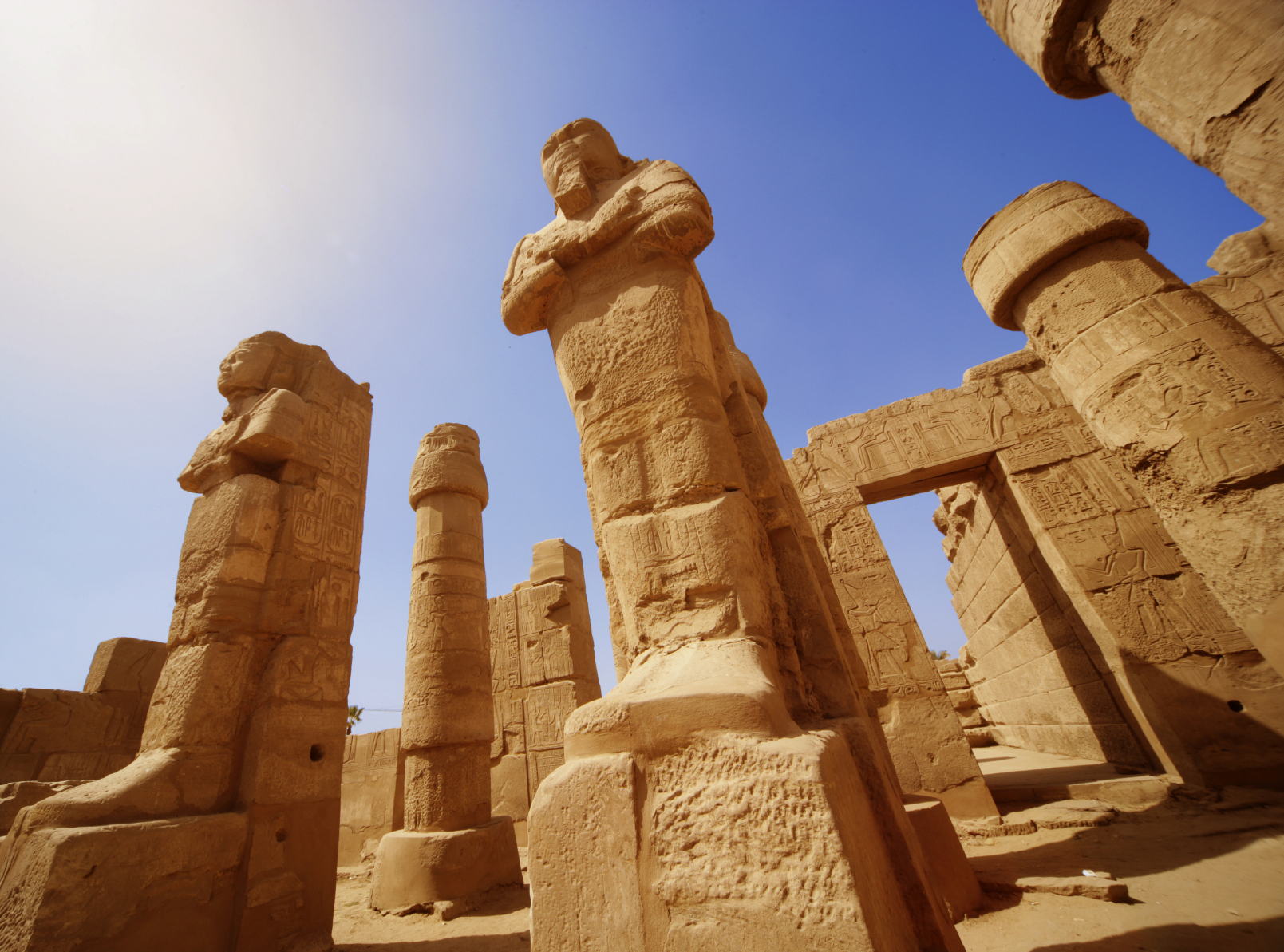
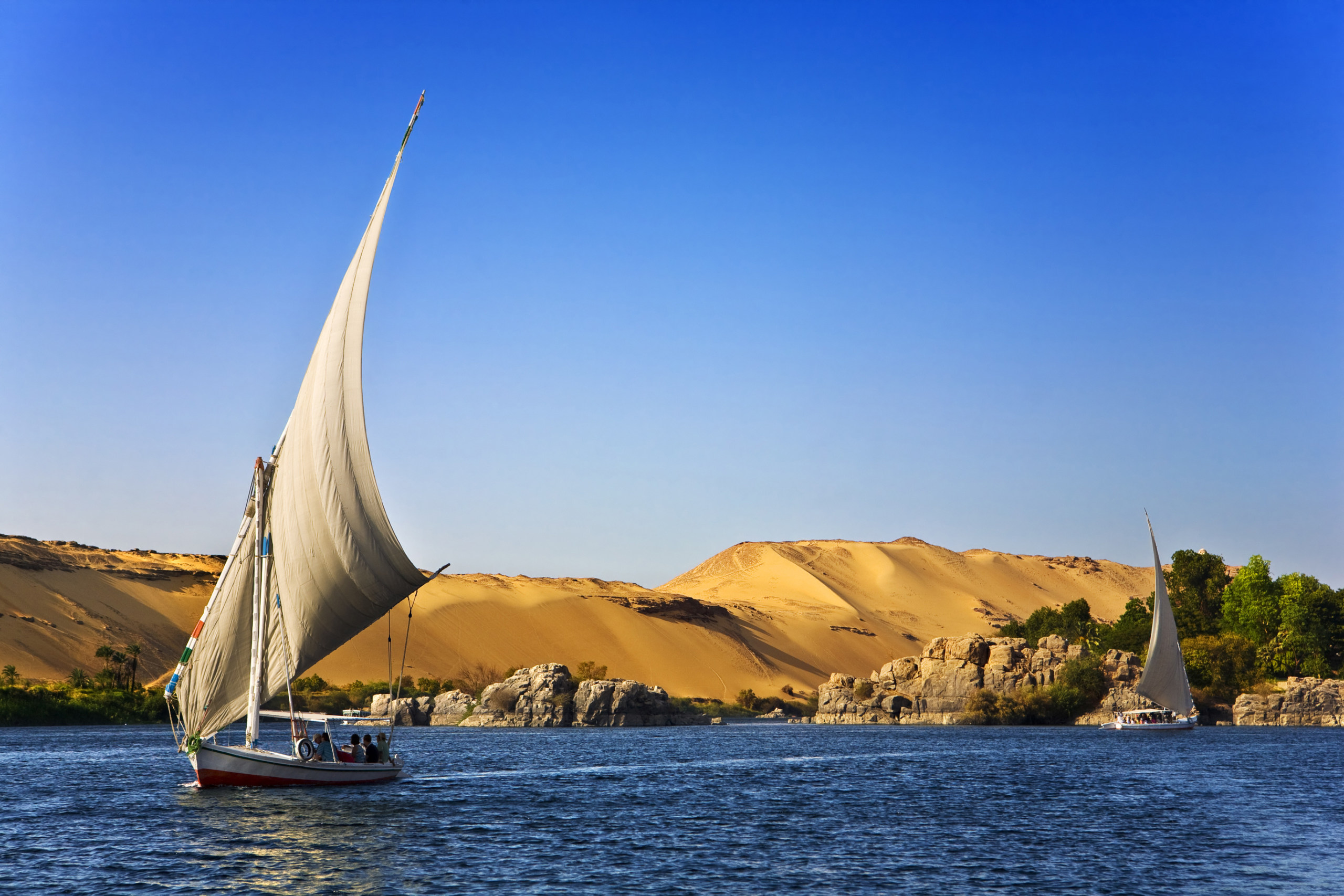
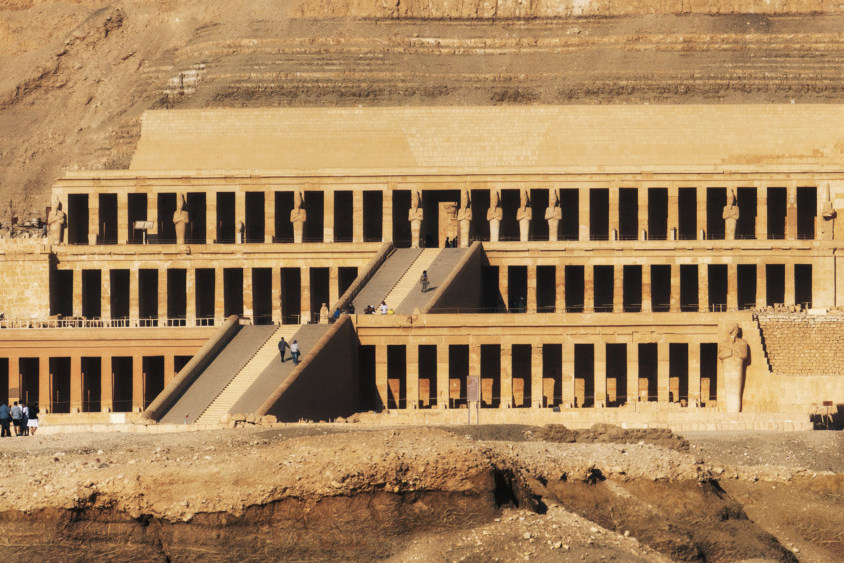
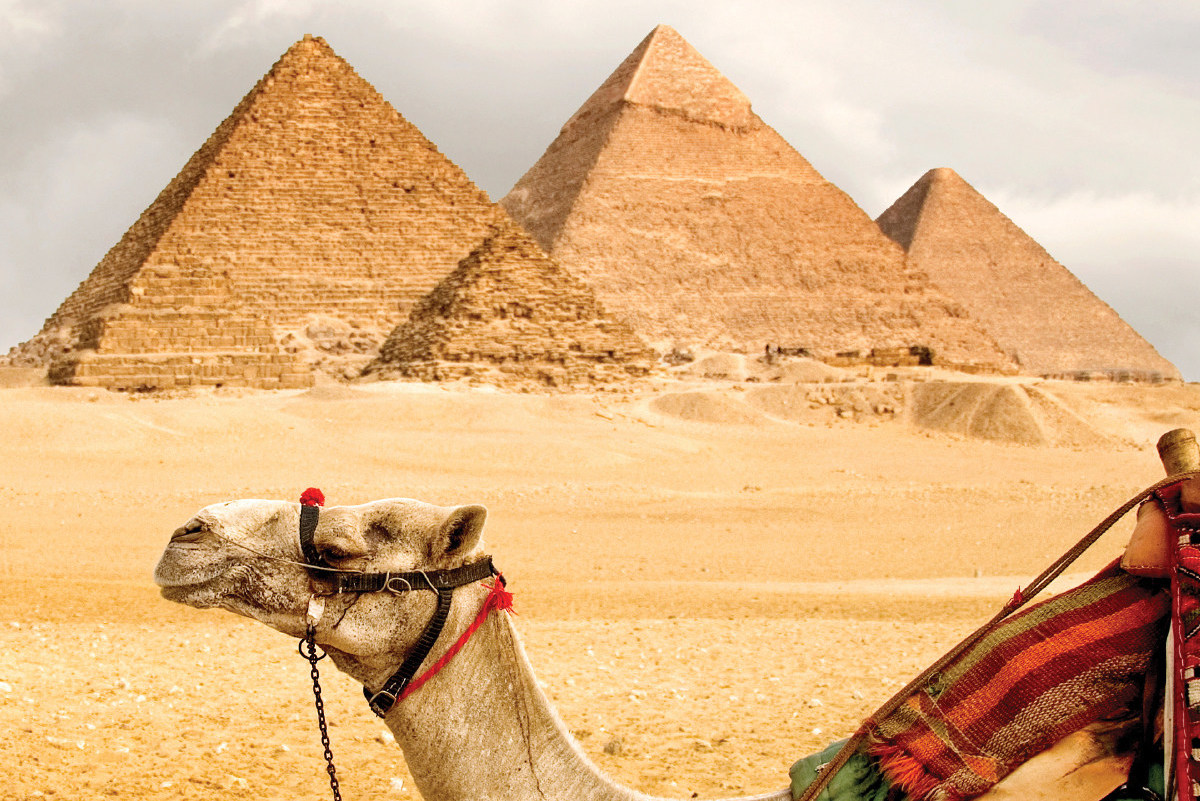
Optional Post-Tour Package:
4-Night Jerusalem Post-Tour | November 11 – 15, 2020
Jerusalem is a city rich in history, religion and heritage—all of which you’ll discover on this 5-day post-tour extension that will take you to some of the oldest and holiest sites in the world. From the fascinating Old City to the vibrant downtown, there’s no shortage of ways to uncover this city’s enthralling past and captivating present!
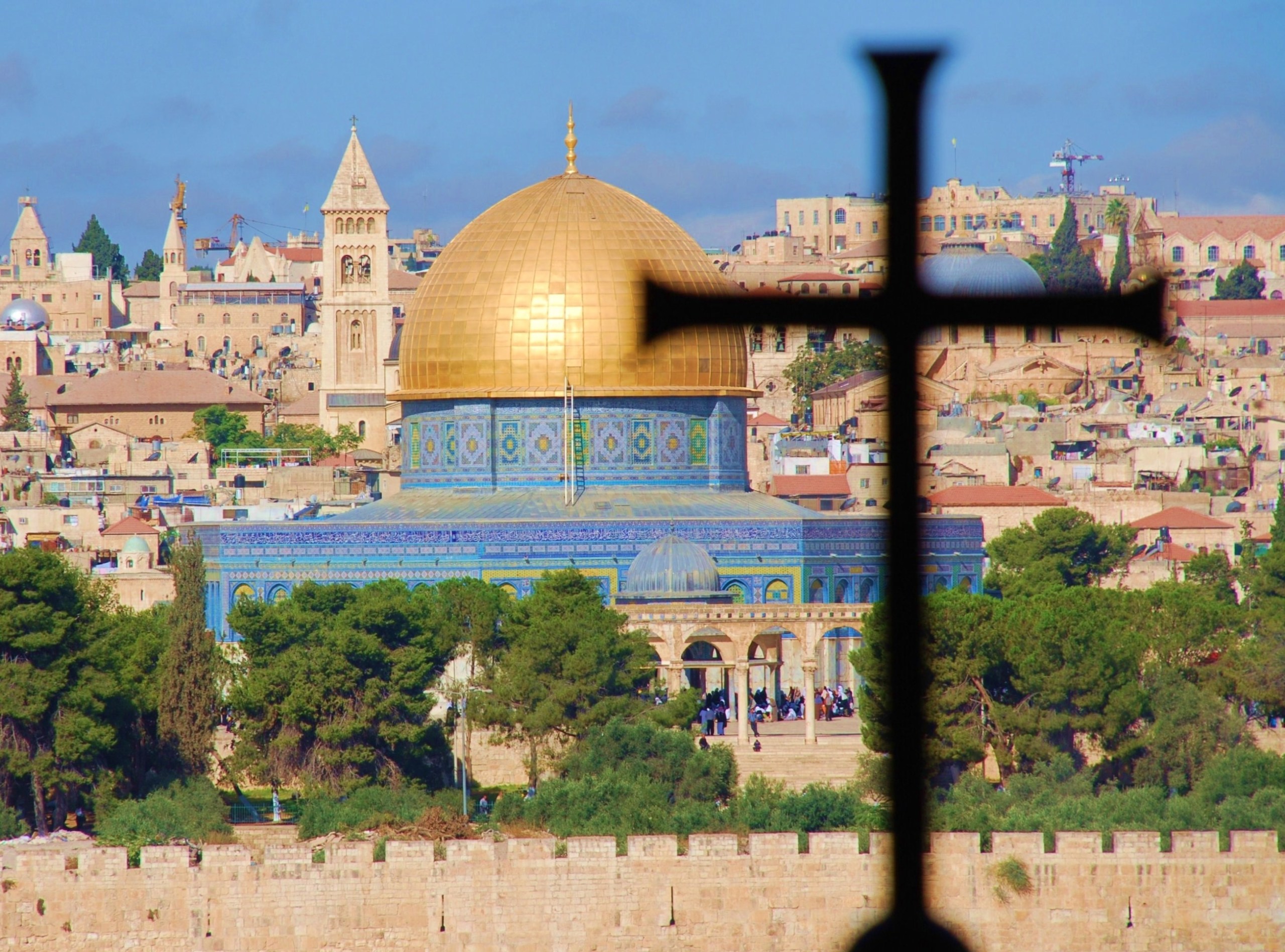
PES Stateroom Rates:
PES Group Discount of $300 per person! Plus, $300 per couple shipboard credit!
| Category | Brochure Rate | PES Group Rate | PES Group Rate | |
| Double Per Person | Double Per Person | Single Price | ||
| French Balcony | Decks 2, 4 | 233 sq. ft. | Waitlisted | $6,899 | $4,399 | $6,749 |
| Deluxe French Balcony | Deck 4 | 285 sq. ft. | Waitlisted | $7,399 | $4,899 | $7,499 |
| Suite | Deck 4 | 344 sq. ft. | $7,899 | $5,399 | $11,099 | |
| Grand Suite | Decks 3, 4 | 463 sq. ft. | $8,899 | $6,399 | $13,099 | |
| Royal Suite | Decks 3, 4 | 500 sq. ft. | Waitlisted | $9,399 | $6,899 | $14,099 |
| CME/CE Professional Seminar Fee: | $695 | |||
| Seminar Attendance Fee: | $450 |
Rates include port taxes, gratuities, and $300 per couple shipboard credit.
Double pricing is based on double occupancy or two people per stateroom.
Single pricing is based on one person per stateroom and is capacity-controlled by Uniworld and subject to change.
Cancellation Schedule: Cancellation penalties apply once deposit is paid, so please review policy below.
Reservation Booking Terms and Conditions:
Required Deposit:
Cruise & Land: 10% of total package
Seminar: $200 per person
Final Payment: June 26, 2020
Airfare is not included. PES will book your air arrangements for a $75 ticketing fee, or you may choose to handle your own reservation.
Passports: Passports are required for all guests and must be valid for six months after the end of the cruise.
PES offers optional travel insurance. Travel insurance is strongly suggested and will give you the opportunity to recover monies lost through cancellations. We offer Travel Guard insurance as an option. Premiums vary depending on your age and the cost of your trip. Purchase within 14 days of deposit for additional benefits.
Cancellation Penalties: All cancellations must be made in writing to Global Tracks. Travel Insurance and Airfare are non-refundable once ticketed. Any payment to Global Tracks constitutes your acceptance of the Terms and Conditions set herein, including but not limited to the cancellation terms. All cancellations are subject to a $200 per person administration fee in addition to the below schedule:
| From time of deposit to June 26, 2020 | $200 per person |
| From June 27, 2020 to July 31, 2020 | 20% of the total package |
| From August 1, 2020 to August 31, 2020 | 35% of the total package |
| From September 1, 2020 to September 30, 2020 | 50% of the total package |
| After September 30, 2020 | 100% of the total package |
Splendors of Egypt & the Nile
Sleep Medicine, Dentistry & Effective
Planning for Healthy Aging
4-Nights Cairo & 7-Night Nile River Cruise
on Uniworld S.S. Sphinx
October 31 – November 11, 2020
Uncover Egypt’s ancient secrets with PES for 11 nights on this bucket list adventure! Visit iconic landmarks, temples, and monuments and cruise the Nile in a manner once reserved for pharaohs on the brand-new S.S. Sphinx.
Cruise & Tour Itinerary Highlights:
- Gaze upon the mighty ancient Pyramids and the mysterious Sphinx
- Wander amongst the towering ruins of the Temple of Karnak, the world’s largest ancient religious complex, and the Temple of Luxor
- Visit the Temple of Queen Hatshepsut, Egypt’s first female ruler
- Follow in the footsteps of renowned scholars and explorers at Valley of the Kings, the ancient burial grounds of Egyptian royalty
- Enjoy an exhilarating ride in a felucca, a traditional Nile River sailboat
- Visit the Egyptian Museum and its unrivaled collection of artifacts, including treasures recovered from the tomb of King Tutankhamun
- Join a bird-watching boat ride and enjoy tea with a Nubian family
All-Inclusive River Cruise Package:
- Daily shore excursions led by English-speaking expert local guides
- All meals in two gourmet dining venues, including al fresco dining on the upper deck, and daily breakfast during land portion in Cairo, plus a Uniworld Gala Reception on the ship
- Complimentary house wine, local beer, soft drinks, tea, and coffee during lunch and dinner on board the S.S. Sphinx
- All gratuities for ship staff, drivers, and shore excursion guides
- Included transfers to and from the Cairo International Airport
- Complimentary shipwide Internet and Wi-Fi access
- $300 per couple shipboard credit
Brief Itinerary
| Date | Day | Location | Included Excursion |
| Oct 31 | Sat | Cairo – Four Seasons Hotel | Transfer from Cairo International Airport or from optional Amman and Petra Pre-Tour to hotel |
| Nov 1 | Sun | Cairo – Four Seasons Hotel | Citadel of Salah al-Din, Alabaster Mosque and Egyptian Museum |
| Nov 2 | Mon | Fly to Luxor, Embark S.S. Sphinx, Dendera | Temple of Karnak |
| Nov 3 | Tue | Dendera, Luxor | Temple of Hathor & Temple of Luxor |
| Nov 4 | Wed | Luxor, Kom Ombo | Colossi of Memnon, Hatshepsut Temple and Valley of the Kings |
| Nov 5 | Thu | Kom Ombo, Aswan | Kom Ombo Temple & Bird watching boat ride and tea with a Nubian family |
| Nov 6 | Fri | Aswan | Aswan High Dam, Unfinished Obelisk and Philae Temple & Boat ride in traditional Nile River felucca and afternoon tea at the Old Cataract Hotel Aswan |
| Nov 7 | Sat | Aswan, Kom Ombo, Edfu | Day at Leisure or Optional Temples of Abu Simbel ($) |
| Nov 8 | Sun | Esna, Luxor | Temple of Esna |
| Nov 9 | Mon | Luxor, Disembark S.S. Sphinx, Fly to Cairo – Four Seasons Hotel | Sound and Light Show at the Pyramids of Giza |
| Nov 10 | Tue | Cairo – Four Seasons Hotel | Ancient Memphis sites, including the Pyramids of Giza, the Great Sphinx and Sakkara visit |
| Nov 11 | Wed | Cairo | Transfer to Cairo International Airport or join the optional Jerusalem Post-Tour |
Optional Pre-Tour Package:
5-Night Jordan and Petra Pre-Tour | October 26 – 31, 2020
Explore ancient ruins and rock-cut masterpieces on this 5-night pre-tour extension in Jordan. Thousands of years of history are yours to uncover as you wind your way through destinations brimming with archaeological wonders, mountainous landscapes, and ancient ruins. This insightful discovery will open your eyes to the magnificence of this not-to-miss country!

Detailed Itinerary & Included Excursions:




Optional Post-Tour Package:
4-Night Jerusalem Post-Tour | November 11 – 15, 2020
Jerusalem is a city rich in history, religion and heritage—all of which you’ll discover on this 5-day post-tour extension that will take you to some of the oldest and holiest sites in the world. From the fascinating Old City to the vibrant downtown, there’s no shortage of ways to uncover this city’s enthralling past and captivating present!

PES Stateroom Rates:
PES Group Discount of $300 per person! Plus, $300 per couple shipboard credit!
| Category | Brochure Rate | PES Group Rate | PES Group Rate | |
| Double Per Person | Double Per Person | Single Price | ||
| French Balcony | Decks 2, 4 | 233 sq. ft. | Waitlisted | $6,899 | $4,399 | $6,749 |
| Deluxe French Balcony | Deck 4 | 285 sq. ft. | Waitlisted | $7,399 | $4,899 | $7,499 |
| Suite | Deck 4 | 344 sq. ft. | $7,899 | $5,399 | $11,099 | |
| Grand Suite | Decks 3, 4 | 463 sq. ft. | $8,899 | $6,399 | $13,099 | |
| Royal Suite | Decks 3, 4 | 500 sq. ft. | Waitlisted | $9,399 | $6,899 | $14,099 |
| CME/CE Professional Seminar Fee: | $695 | |||
| Seminar Attendance Fee: | $450 |
Rates include port taxes, gratuities, and $300 per couple shipboard credit.
Double pricing is based on double occupancy or two people per stateroom.
Single pricing is based on one person per stateroom and is capacity-controlled by Uniworld and subject to change.
Cancellation Schedule: Cancellation penalties apply once deposit is paid, so please review policy below.
Reservation Booking Terms and Conditions:
Required Deposit:
Cruise & Land: 10% of total package
Seminar: $200 per person
Final Payment: June 26, 2020
Airfare is not included. PES will book your air arrangements for a $75 ticketing fee, or you may choose to handle your own reservation.
Passports: Passports are required for all guests and must be valid for six months after the end of the cruise.
PES offers optional travel insurance. Travel insurance is strongly suggested and will give you the opportunity to recover monies lost through cancellations. We offer Travel Guard insurance as an option. Premiums vary depending on your age and the cost of your trip. Purchase within 14 days of deposit for additional benefits.
Cancellation Penalties: All cancellations must be made in writing to Global Tracks. Any payment to Global Tracks constitutes your acceptance of the terms and conditions set out herein, including but not limited to the Cancellation terms. Total Fare calculation includes river cruise fare, pre-cruise package and extended land programs. Airfare is non-refundable once ticketed.
| From time of deposit to June 26, 2020 | $200 per person |
| From June 27, 2020 to July 31, 2020 | 20% of the total package |
| From August 1, 2020 to August 31, 2020 | 35% of the total package |
| From September 1, 2020 to September 30, 2020 | 50% of the total package |
| After September 30, 2020 | 100% of the total package |





